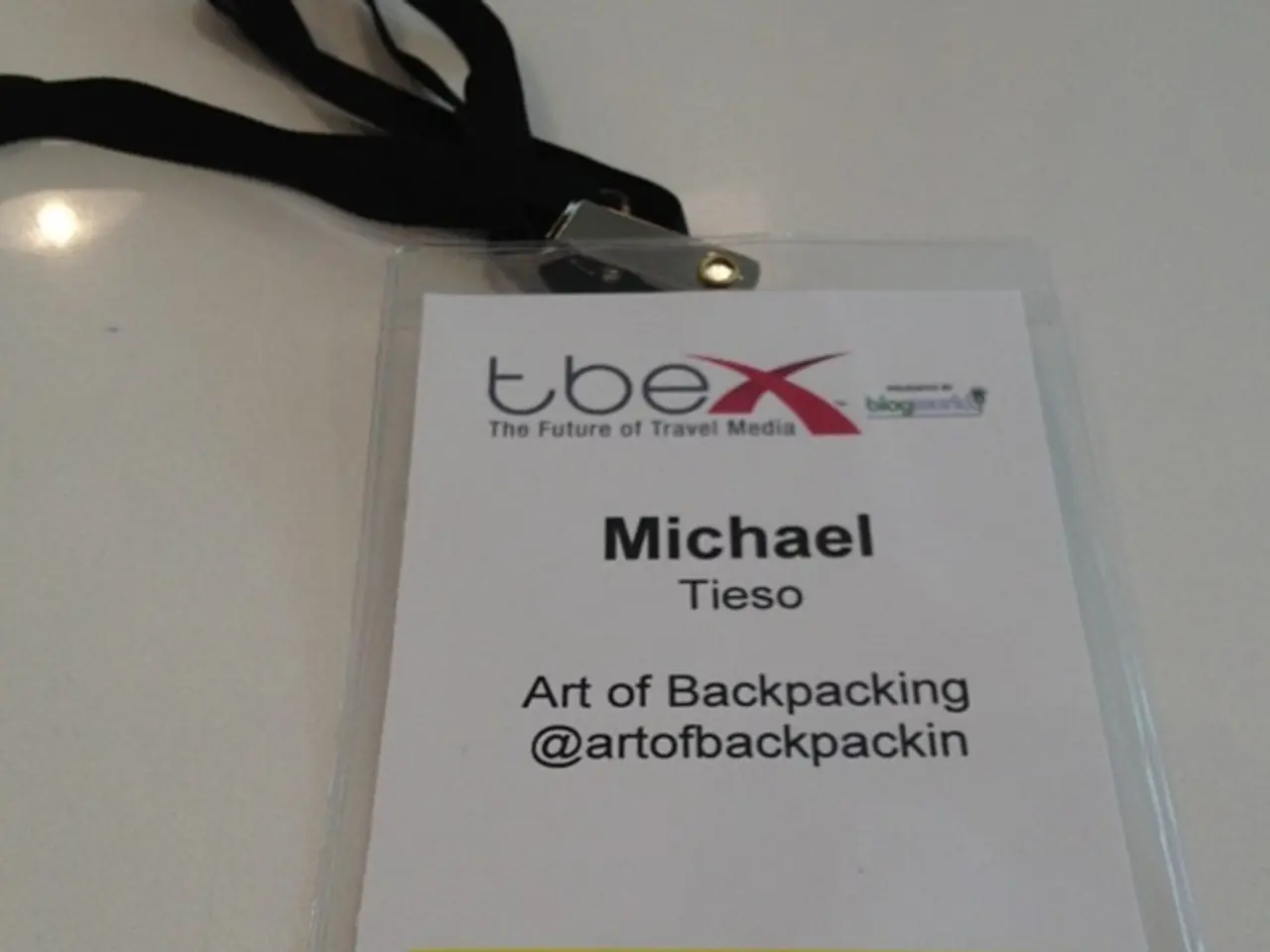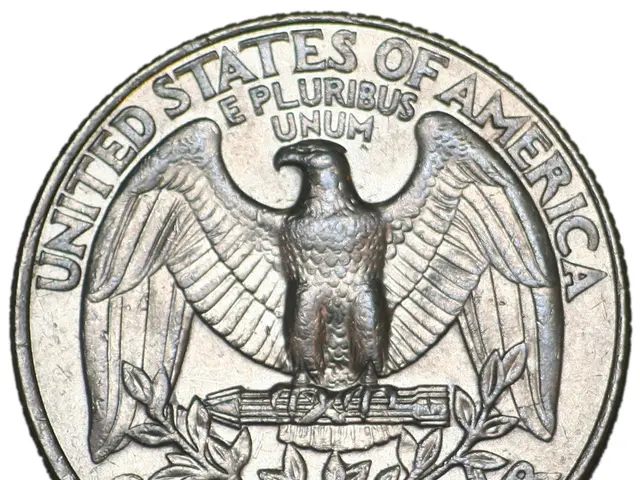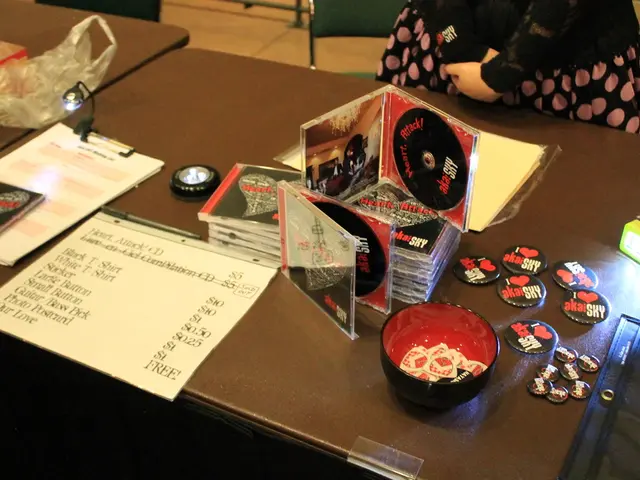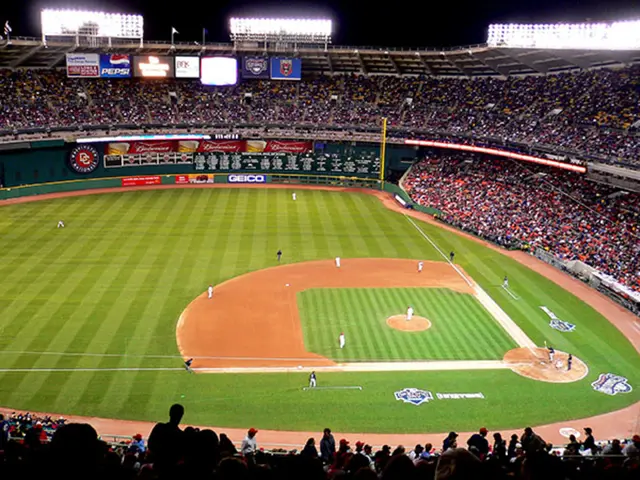Advertising Methods Compared: A Look at Paid Search and Paid Social, Discovering Their Distinctiveness and Ideal Application Scenarios
In the digital marketing landscape, a strategic combination of paid search and social media advertising can drive significant results for businesses seeking to increase website traffic and sales. Here's a breakdown of the key practices that make this synergy effective.
Unified Targeting and Retargeting
Paid search is ideal for capturing high-intent users actively searching for products or services, while social media ads engage broader audiences earlier in the funnel. By employing remarketing strategies across both channels, businesses can re-engage visitors, thereby increasing conversion chances.
Consistent Messaging and Cohesive Campaigns
Aligning ad creatives, copy, and landing pages across paid search and social media channels helps build brand recognition and reduce user friction. This ensures that users encountering a brand on social media receive reinforcing messages when they search for the product or service later.
Leveraging Platform Strengths
Paid search delivers immediate, intent-driven traffic with measurable ROI by targeting keywords with smart bidding and campaign segmentation. On the other hand, social media advertising excels at building brand awareness, engagement, and influencing demand, especially on platforms like Facebook, LinkedIn, TikTok, or Instagram.
Data-Driven Optimization and Smart Automation
Implementing automated bidding strategies and dynamic creative optimizations can maximise efficiency across campaigns. Continuously auditing keywords, audience segments, and creative performance helps to pause underperforming elements and allocate budget to high-impact areas.
Cross-Channel Insights and Testing
Using insights from paid search (e.g., high-converting keywords) to inform social media ad targeting and messaging, and vice versa, enables rapid learning and campaign refinement. Testing similar offers and audiences on both channels supports better strategy adjustments.
Measuring Holistically
Tracking conversions and user behaviour across channels with proper attribution models helps understand the interaction between paid search and social media in influencing traffic and sales. This, in turn, supports better budget allocation and strategy adjustments.
Integrating with SEO and Content Marketing
Combining paid search and social media with SEO creates sustained traffic growth and brand presence, balancing immediate paid results with long-term organic reach.
In summary, combining paid search and social media advertising involves a strategic blend of intent-based targeting and broader audience engagement, cohesive branding, smart automation, and continuous data-driven optimization. This synergy drives maximum website traffic and sales by reaching users throughout their decision journey with relevant messaging and timely retargeting.
Paid Search and Its Benefits
Paid search is one of the fastest ways to increase visibility, show up in search engine results ahead of competitors, and attract quality clicks to a website. It allows targeting audiences based on demographics, past behaviour, and interests, and can reach visitors who have once visited a website and interacted with its content but did not convert.
Search ads are text-based and target users searching for specific products or services, featuring a short copy, meta description, title tag, and other ad extensions. Important metrics to track for search ads include impressions, click-through rate (CTR), cost per click (CPC), search per impression share (IS), conversion rate, cost per conversion (CPC), ROAS, while for paid social ads, audience growth rate, engagement rate, conversion rate, cost per mile (CPM), cost per click (CPC), CTR, impressions, and ROAS are important to track.
Paid Social and Its Advantages
Paid social can help cut through the noise and get ads seen by people who need them the most. It allows reaching people who are likely interested in a product or service, and offers access to different interactive ad formats like videos, carousels, polls, surveys, and user-generated campaigns.
Paid social is more impulse or emotion-based advertising, reaching people who may not be actively searching for a business online, but who are likely to be influenced by engaging, relevant content. The conversion rate for paid search is typically higher than that of paid social media, with the average conversion rate for Google search ads being 3.75% and 2.1% for social ads.
TikTok, for instance, offers targeting features including interests, devices, income, hashtags, and spending power. These features allow businesses to reach their target audience effectively, thereby increasing the chances of conversion.
In conclusion, the strategic combination of paid search and social media advertising can significantly boost a business's online presence, drive traffic, and increase sales. By understanding the unique strengths of each platform and employing best practices, businesses can create a cohesive, data-driven marketing strategy that delivers results.
- Engaging in both paid search and social media advertising can help businesses reach users throughout their decision-making journey, providing relevant messages at the right time for conversion.
- Utilizing automated bidding strategies and dynamic creative optimizations in conjunction with cross-channel insights and testing can maximize efficiency across campaigns.
- Paid search offers immediate, intent-driven traffic with measurable returns on investment, targeting high-intent users through smart bidding and segmentation, while social media advertising excels at building brand awareness and engagement.
- By aligning ad creatives, copy, and landing pages across paid search and social media channels, businesses can build brand recognition, reduce user friction, and ensure consistent messaging throughout their campaigns.








